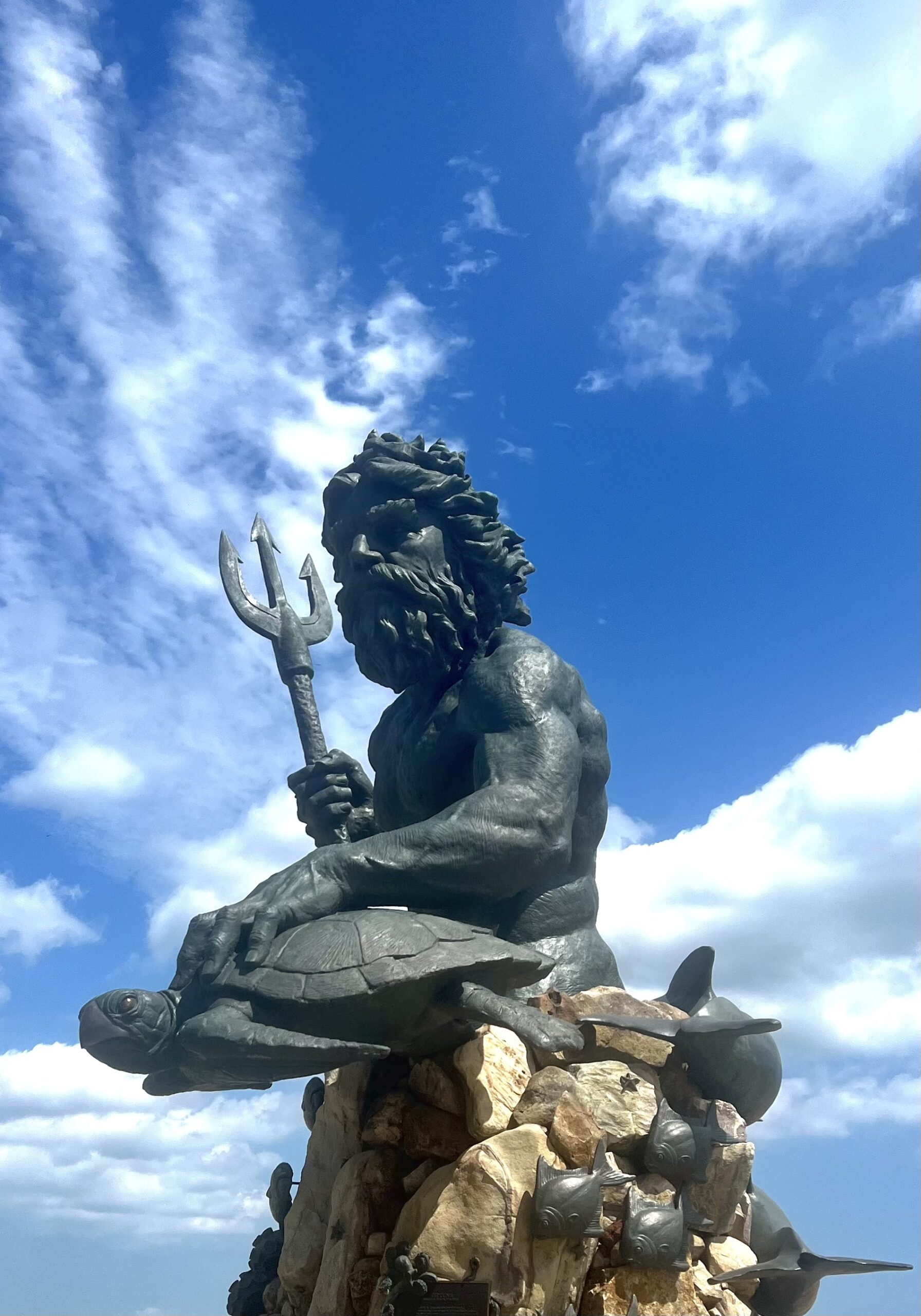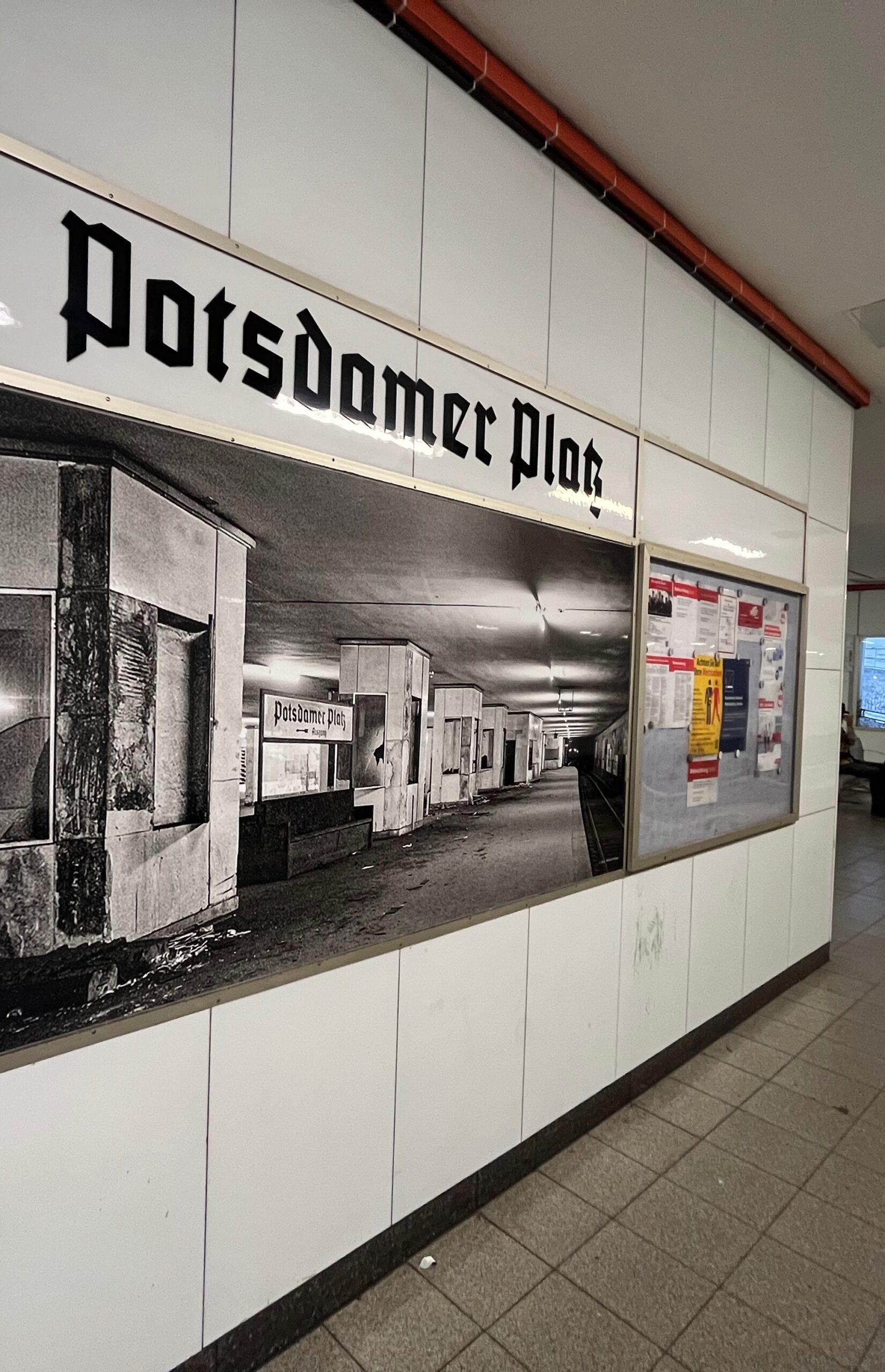By ANN ANG
There isn’t much to do here. Wandering into a live military training area, I look for the pungent and prickly durians that fall only in the dead of night.
Lim Chu Kang isn’t a big place, situated as it is in the northwest of Singapore, a diamond shaped island state only 25 kilometres by 48 kilometres. But it gives the impression of space, dotted with orchid farms and odd patches of jungle with flaming red tulip trees from Africa. Botanists refuse to call this secondary forest.
It’s possible to view Lim Chu Kang from where it begins, which is where the residential housing blocks end, in the estate of Choa Chu Kang. Take the lift to the top floor and you’ll see an elevated railway track that curves away into the distance. Beyond the railroad track, the smell of misty greenery comes from the same place that emits the muffled thunder of army rifles. Grandparents come here with kids; I for the baroque splendor of a tropical sunset.
But to truly know Lim Chu Kang, you have to forget that an air-conditioned bus service plies the area and walk the mud trails that appear during wild durian season. The trees fruit twice a year, producing creamy yellow flesh encased in oval, thorned shells the size of footballs. They hang from branches twenty-feet high. At about 3am, older men and women risk a concussion waiting underneath them.They go in the early hours of the morning, around 3 a.m. It’s illegal, of course, to linger in military training grounds, but the camouflage-painted army boys are glad to see them. It’s a sign that they’re not yet lost on their latest mission. I usually arrive at dawn to see the older folks depart, carrying laden rice-sacks that don’t tear with the weight.
Some days I take Old Lim Chu Kang Road instead, which is being widened at the expense of the Tembusu trees, whose minute yellow flowers fill the air with their spicy incense. Everyone on this route is foreign, the Bangladeshis who are building the new road, and the Burmese heading to the construction workers’ dormitories that are located here, where few Singaporeans live. You have to be careful: stray dogs with black muzzles will recognize that you are a stranger. They will chase you and snap at your feet, but never harass the men in hard hats napping after their paper-wrapped meals of rice and dhal. After an hour’s walk, I reach the last cemetery on the island, with Jewish, Christian, and Muslim sections. The dead don’t rest easy here—they are slated to be exhumed within the next fifty years for the land to be developed.
Heading home, I wait for the bus at an orange-roofed zinc shelter fenced in on three sides by the airbase compound. I fall asleep waiting and hear the peace-bringing drone of the same warplanes I hear from my apartment, where I look at pictures of Machu Picchu on facebook or listen to Sigur Rós on repeat, letting other worlds pop up and pass by.




